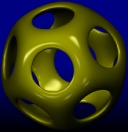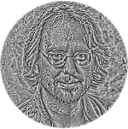|- LibGen
| |- COPYING.txt
| |- README.txt
| |- current tarball
| |- .zip version
|- ROAM
| |- original paper (pdf)
| |- ROAM 2
| | |- ROAM 2 paper
| | |- tutorial code

|
CogniGraph, Inc. |
|
||
|
|
||
|
|
CogniGraph |- LibGen | |- COPYING.txt | |- README.txt | |- current tarball | |- .zip version |- ROAM | |- original paper (pdf) | |- ROAM 2 | | |- ROAM 2 paper | | |- tutorial code |
|
 |
This site is maintained by Mark Duchaineau -- duchaine@cognigraph.com Updated January 6, 2013 |